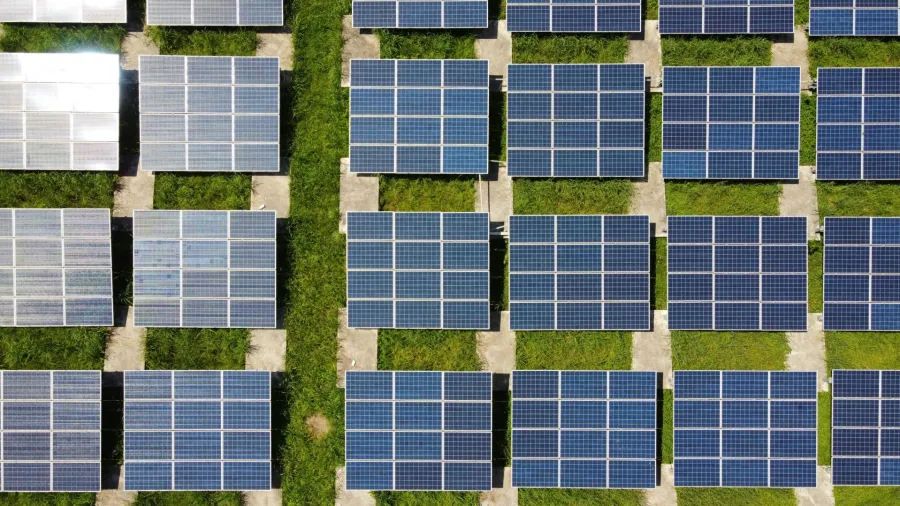
Taiwan unveils 2024 renewable energy FIT rates
The FIT rate for solar power saw a slight decline.
Taiwan has completed the review of 2024 renewable energy feed-in tariffs (FIT), with the rates for solar PV seeing a minor reduction from last year, whilst the other sectors were either raised or maintained.
According to the Ministry of Economic Affairs, first-phase FIT rates for solar power range between $0.12-$0.18 (TWD3.7635-TWD5.7848) per kWh, and phase two rates are between $0.11-$0.18(TWD3.7236-TWD5.7055) per kWh.
For the wind sector, the 2023 FIT rate will be maintained, with onshore wind farms with capacities under 30kW at $0.23 (TWD7.4110) per kWh, capacities of 30kW and above at $0.066 (TWD2.1286) per kWh, and the offshore wind farms at $0.14 (TWD4.5085) per kWh.
FIT for Anaerobic digestion facilities is slightly raised to $0.22 (TWD7.0192) per kWh, whilst Non-anaerobic digestion facilities and the agricultural and foster plant category will remain at their 2023 rate of $0.086 (TWD2.8066) per kWh and $0.096 (TWD3.1187) per kWh respectively.
The FIT rates for agricultural and general industrial wastes will be the same at $0.16 (TWD5.1407) per kWh and $0.12 (TWD3.9482) per kWh, respectively.
ALSO READ: Ørsted launches Asia's largest offshore wind farm in Taiwan
The ministry also said that the FIT rate for small hydropower will be maintained at the 2023 level, with the rate for capacities under 500kW at $0.15 (TWD4.8936) per kWh; for capacities above 500kW but under 2MW at $0.13 (TWD4.2285) per kWh; and capacities above 2MW at $0.088 (TWD2.8599) per kWh.
For geothermal, the FIT rate for facilities with capacities under 2 MW has a slightly increased rate of $0.18 (TWD5.9459) per kWh; while capacities over 2MW remain at the 2023 rate of $0.16 (TWD5.1956) per kWh.
The rate for marine energy will stay the same at $0.23 (TWD7.3200) per kWh.
“Taking into account the domestic development environment and promotion targets, as well as the development trends of renewable energy technologies, the MOEA has established reasonable FIT rates that suit our nation's development environment, and shall continue to address FIT-related issues with prudence in order to ensure a sound foundation for the development of domestic renewable energy industries,” the ministry said.
$1 = TWD32.45











 Advertise
Advertise











